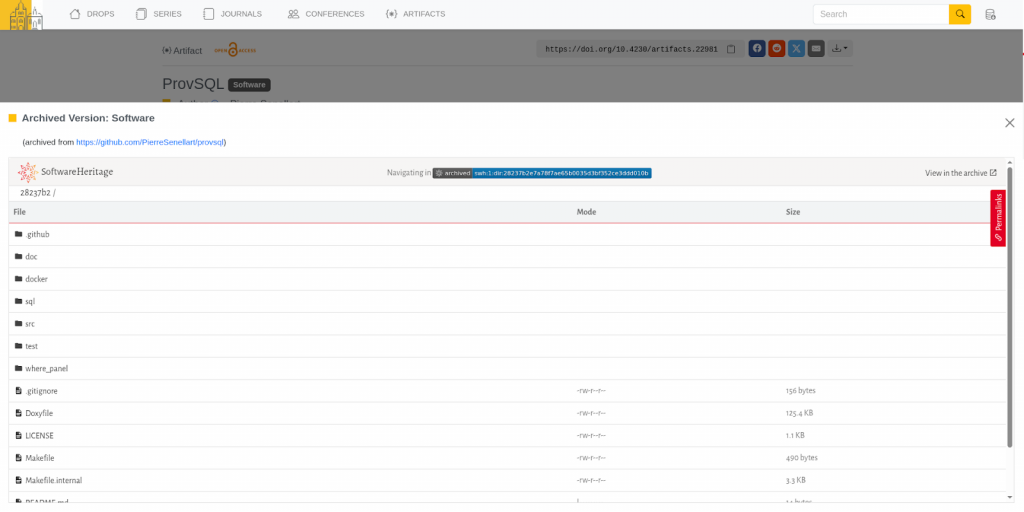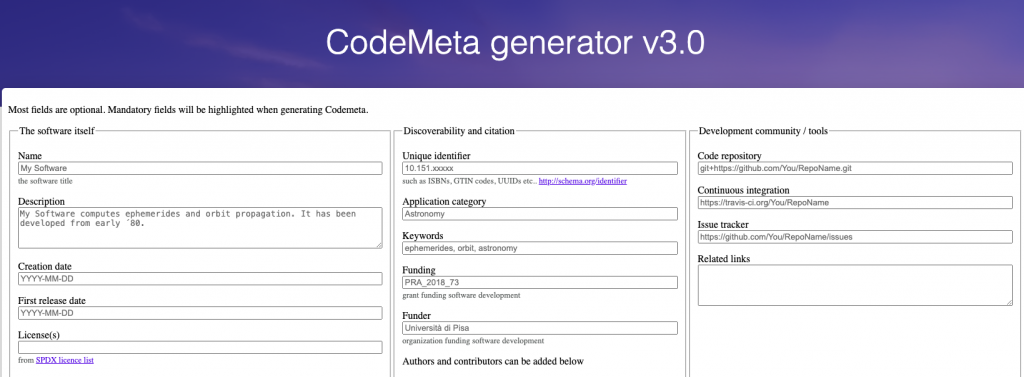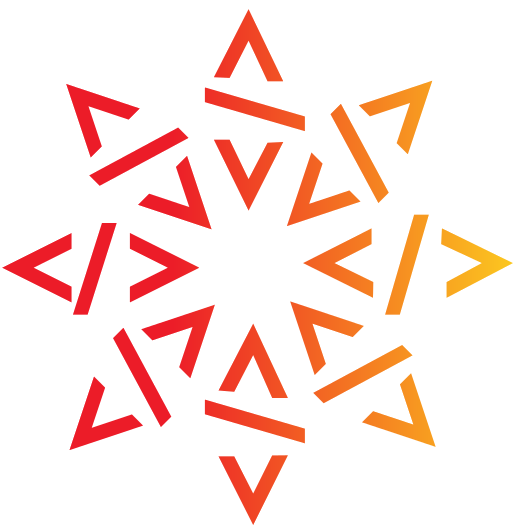Inside Dagstuhl Publishing’s drive to preserve code

There’s a noticeable shift in scholarly publishing. Publishers see software code as vital to research and are working to make it easier to find and keep safe. This trend is picking up speed, particularly with future-focused organizations.
Building on the success of other publishers using Software Heritage, like eLife and IPOL, Dagstuhl is now implementing this approach for archiving research software.
Collaborating for Open Science
Dagstuhl has been the publishing arm of the Leibniz Center for Informatics since 1990 and ventured into open-access publishing in 2008. They’re best known for their LIPIcs series, which has proceedings from top computer science conferences. But they also publish reports, manifestos, the LITES journal (embedded systems), TGDK (graphs for data management), and DARTS (evaluated artifacts).
Dagstuhl manages its own storage for these software artifacts, publishing them separately with individual metadata and DOIs. This approach ensures the code is accessible and discoverable, aligning with the broader goal of preserving research software.
“Linking software to publications ensures availability and enables citation and reuse by enforcing proper documentation and archiving. For this long-term archiving, Dagstuhl relies on Software Heritage, a non-profit organization supported by UNESCO, which is the world’s leading software archiving service.” —Saadet Bozaci, Daghstul
Dagstuhl is participating in the European Union-funded FAIRCORE4EOSC project. It highlights Software Heritage’s growing role in the European Open Science Cloud (EOSC).
Dagstuhl’s work focuses on connecting articles with their related code.
This involves:
- Archival: Automation of software code archival related to articles.
- Referencing: Implementing permanent links (SWHIDs) to code on publication pages. The capability to add an iframe on the publisher’s platform, adding an image.
- Description: Enriching software discoverability through metadata addition.
- Citation: Streamlining of software credit attribution through citation information provision.
Publishing systems are connected to the Software Heritage archive using APIs and connectors.

Where it started
This trend in publishing was initially described in the Scholarly Infrastructures for Research Software report (EU Commission, 2020). The Dagstuhl team—Saadet Bozaci, Michael Wagner, and Michael Didas—played a key role in making it happen. The European Commission’s FAIRCORE4EOSC project (GA 101057264) is funding this effort.
How it works
Dagstuhl Publishing has expanded both its submission system DSUB and its publication server DROPS to support supplementary material (especially research software) associated with scholarly articles (either contributions to journals or conference proceedings). This submission system provides support to authors, editors, and publishers throughout the scholarly article preparation process.
In the extended workflow for submitting peer-reviewed, camera-ready articles, authors must include related supplementary materials, such as research software. To ensure proper citation, authors should provide the software’s URL and descriptive metadata (CodeMeta standard), including the SWHID.

If the software is not yet archived on Software Heritage, authors are encouraged to request archiving. The system also provides support with pre-filled metadata forms. Metadata, if already available, is automatically read from the hosting platform, such as GitHub, or other sources, such as citation.cff files, and presented to the author in the form for revision and approval.
Authors have the option to synchronize contributor details with the published article. The publisher integrates this metadata into the scholarly article during publication preparation for accurate referencing and citation. The publishing team verifies the metadata for completeness and accuracy. This curation process ensures critical metadata, like affiliations and funding details, are accurate and current. The publishing team resolves any metadata inconsistencies or fills in missing information. Authors can review and make any final adjustments to the updated metadata and reference before publication. This curation process ensures the article and its supplements have high-quality metadata, properly integrated into the publication. After publication, the reference/citation data is also part of the published metadata of the scholarly article. The metadata will be used in the scholarly article. If it hasn’t been published elsewhere, it will also be published on the DROPS publication server. This published metadata will also be transferred to Software Heritage for long-term availability.
Get involved
If you’re a publisher or organization interested in joining this effort, you can become a Deposit Partner or a Deposit Interest Group Member. Just reach out to dig@softwareheritage.org
